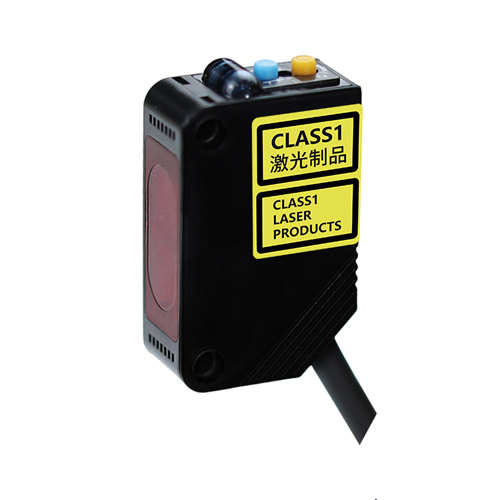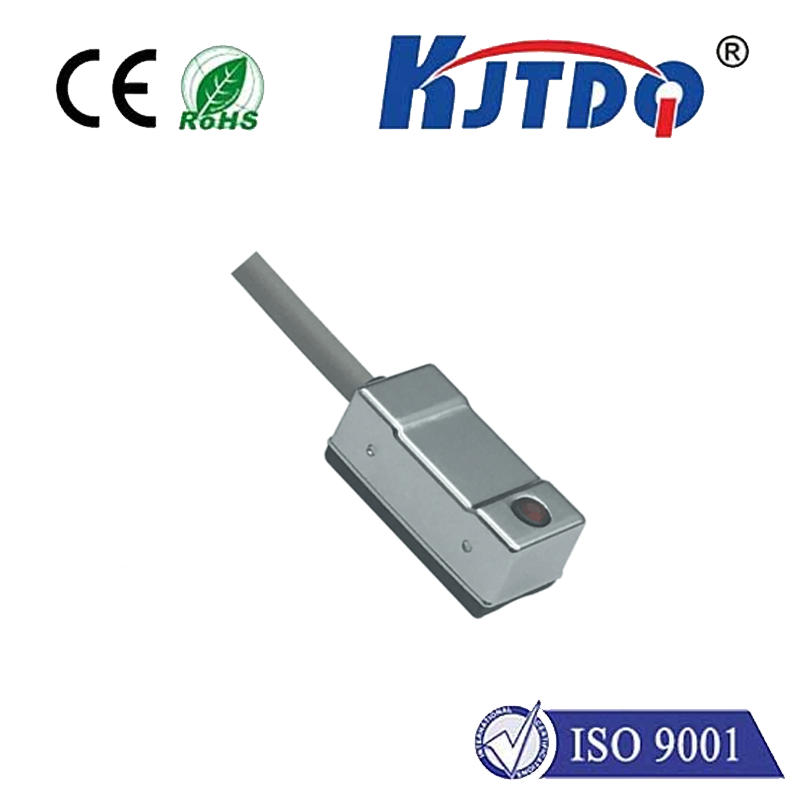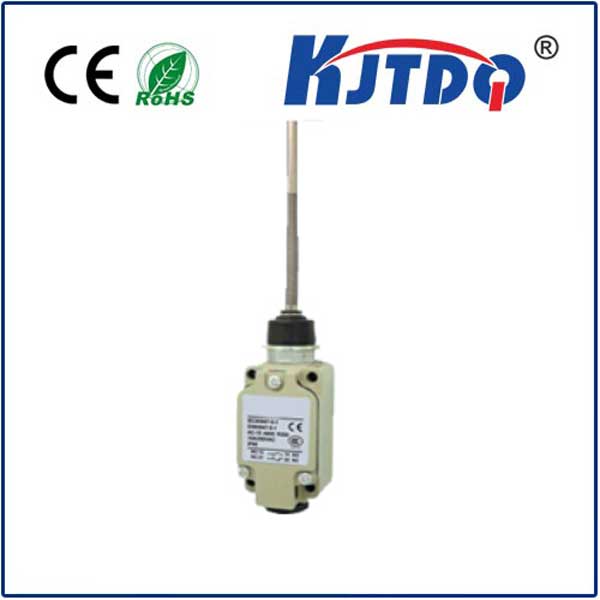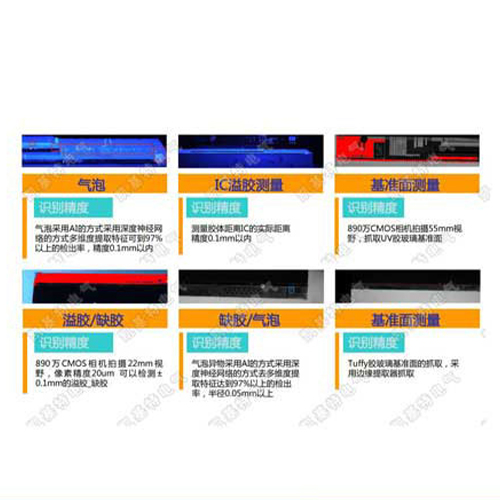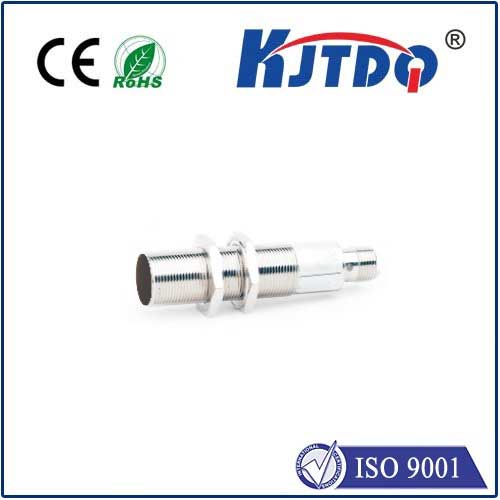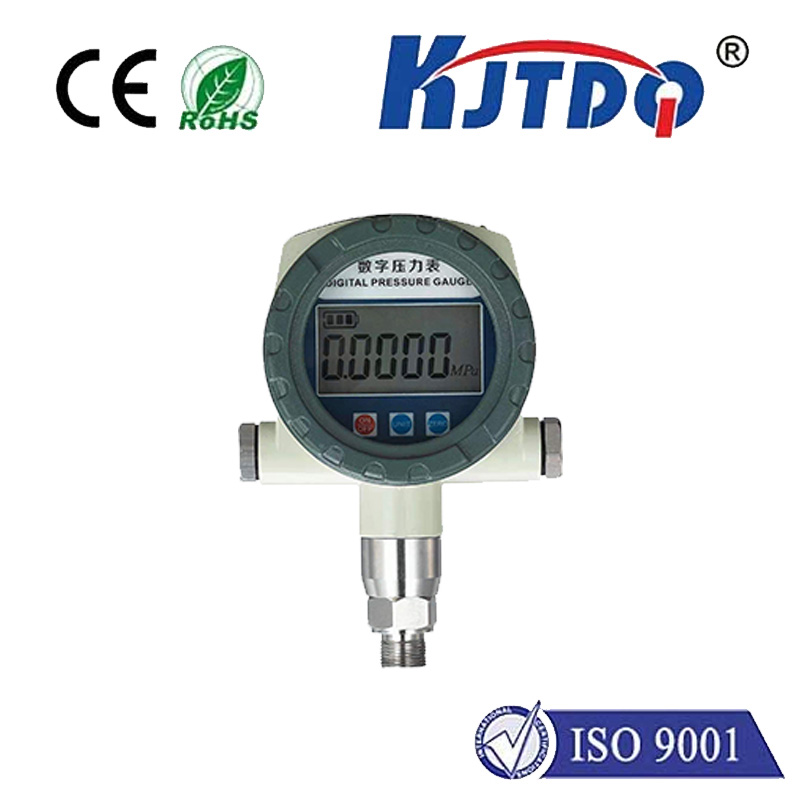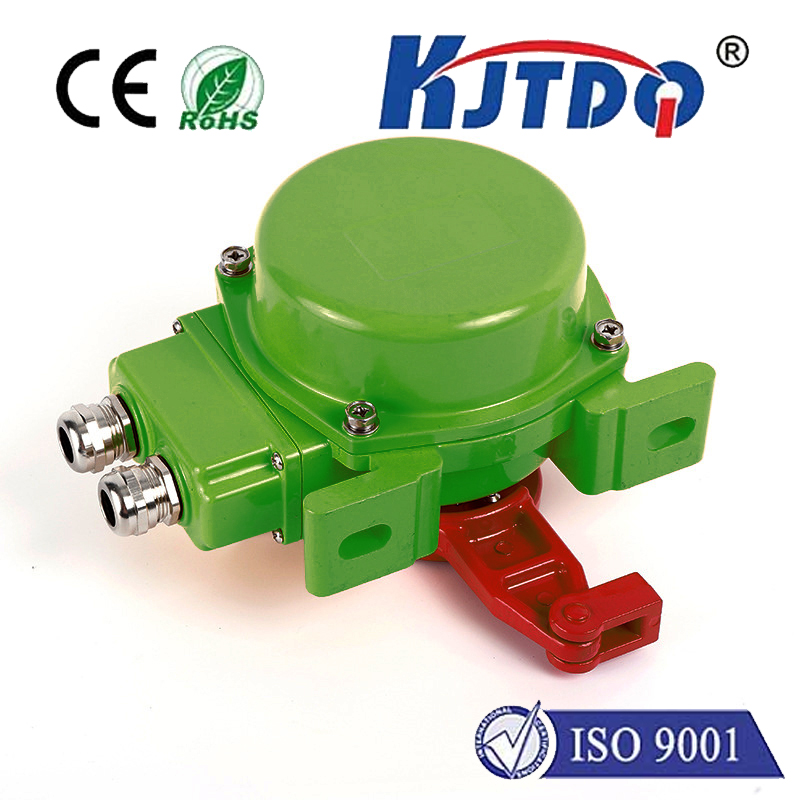portable temperature sensor
- time:2025-08-25 00:59:54
- Click:0
Unshackled Measurement: Why Portable Temperature Sensors Are Changing the Game
Imagine a technician effortlessly scanning steam lines in a cramped boiler room, a researcher swiftly mapping microclimates across a forest floor, or a chef instantly verifying core temperatures at multiple cooking stations without missing a beat. This agility, this freedom to measure temperature anywhere, anytime, is the transformative power of the portable temperature sensor. No longer tethered to fixed installations or cumbersome lab equipment, these ingenious devices are revolutionizing how we monitor, analyze, and respond to temperature data across countless domains.
At their core, portable temperature sensors are compact, self-contained instruments designed to measure temperature and provide readings via digital displays or wireless transmission. Their defining characteristic is mobility – powered by batteries, easily carried or deployed, and ready for immediate use in diverse, often challenging, environments. The technology inside varies significantly, tailored to specific needs:
- Thermocouples: Rugged, fast-responding sensors ideal for high-temperature industrial applications (kilns, engines, exhausts) and harsh environments. Their durability and broad range make them popular portable probe options.
- RTDs (Resistance Temperature Detectors): Prized for their high accuracy and stability over narrower ranges. Often used in laboratories, pharmaceutical settings, and HVAC calibration where precision is paramount.
- Thermistors: Highly sensitive to small temperature changes, particularly useful in medical applications, environmental monitoring, and consumer appliances. Their compact size is a major advantage for portable devices.
- Infrared (IR) Thermometers: The quintessential non-contact tool. Perfect for measuring surfaces that are moving, hazardous, difficult to reach, or where contamination is a concern (food safety, electrical components, bearings). Speed and safety are their hallmarks.
- Integrated Smart Sensors: Modern innovations often combine these sensing technologies with bluetooth temperature sensors or Wi-Fi connectivity, plus onboard data logging. These truly portable data hubs can stream readings directly to smartphones, tablets, or cloud platforms for real-time analysis and record-keeping.
Why Choose Portable? The Compelling Advantages

The shift towards handheld temperature monitors and wireless temperature sensors isn’t just about convenience; it’s driven by tangible operational benefits:
- Unmatched Flexibility & Accessibility: Take readings precisely where the temperature matters most – deep within machinery, across large surface areas, in remote field locations, or on moving objects. Fixed sensors simply cannot offer this reach.
- Rapid Troubleshooting & Diagnostics: Quickly pinpoint hotspots on circuit boards, identify failing bearings, detect insulation leaks in buildings, or find process deviations on a factory floor. Portability enables immediate investigation and action.
- Enhanced Safety: Measure hazardous areas (high voltage, extreme heat, toxic environments) from a safe distance using IR technology. Monitor confined spaces without prolonged exposure.
- Cost-Effectiveness: A single portable temperature sensor can effectively replace the need for multiple fixed sensors across different monitoring points or locations, significantly reducing installation and maintenance costs.
- Data Logging Power: Modern portable data loggers autonomously record temperature over time, providing invaluable trend data for compliance, process optimization, quality control, and research without constant human presence.
- Superior Convenience: Lightweight, battery-operated designs mean quick deployment and ease of use for personnel across all skill levels. No complex wiring or infrastructure needed.
Key Considerations When Selecting Your Portable Partner
With diverse options available, choosing the right handheld thermometer or sensor requires careful thought:
- Accuracy & Range: Match the device’s specifications to your application’s precision needs and expected temperature extremes. Don’t pay for lab-grade accuracy if ±1°C suffices.
- Response Time: How quickly does it need to react? Thermocouples excel here; some IR sensors might have slower response times depending on settings.
- Environment: Consider exposure to dust, moisture, chemicals, shock, and extreme temperatures. Look for appropriate IP (Ingress Protection) ratings and robust construction. Rugged portable sensors are essential for industrial fieldwork.
- Contact vs. Non-Contact: Do you need to measure surface or air temperature? Is the surface accessible? IR offers speed and safety for surfaces; probes are necessary for internal or air measurements.
- Connectivity & Data Management: Do you need simple spot checks, basic logging, or real-time wireless data streaming to a temperature monitoring app or CMMS system? Evaluate battery life and ease of data retrieval.
- Display & Usability: Is the screen readable in bright sunlight or darkness? Is the interface intuitive? Ergonomics matter for frequent use.
Where Mobility Meets Measurement: Real-World Impact
The applications for portable temperature meters are vast and growing:
- Industrial Maintenance: Predictive maintenance (bearing checks, motor inspections, electrical panel scans), process control verification, leak detection, HVAC servicing.
- HVAC/R: System diagnostics, refrigerant line checks, airflow balancing, energy audits, ductwork surveys.
- Food Safety & Service: Critical control point monitoring (HACCP), cooking/cooling/holding temperature verification, cold chain management, receiving inspections using digital thermometers.
- Healthcare: Patient monitoring (spot checks), sterilization process validation (autoclaves), laboratory sample handling, vaccine storage.
- Scientific Research: Environmental studies (soil, water, air gradients), material testing, field biology, metabolic research.
- Automotive: Engine diagnostics, exhaust system checks, brake temperature monitoring, HVAC performance.
- Building Inspections: Identifying insulation defects, water leaks (via surface temp variations), underfloor heating checks, energy efficiency assessments.
The Future is Flexible and Connected
The evolution of portable temperature sensors is firmly tied to advancements in connectivity and intelligence. The integration of IoT (Internet of Things) capabilities means that even compact, wireless temperature sensors can now form part of larger, interconnected monitoring networks. Imagine a fleet of portable devices automatically uploading timestamped, geo-tagged data to the cloud, feeding into sophisticated analytics platforms for predictive insights and automated reporting. Battery technology improvements will also extend operational life, while sensor miniaturization will open up even more niche applications. The core value proposition remains constant: unlocking the power of precise temperature measurement wherever and whenever it’s needed, driving efficiency, safety, and innovation across the board. Whether it’s a simple IR gun or a sophisticated bluetooth temperature logger, having the right portable tool empowers decisive action based on real-time, location-specific data.






